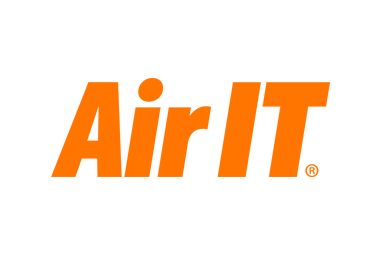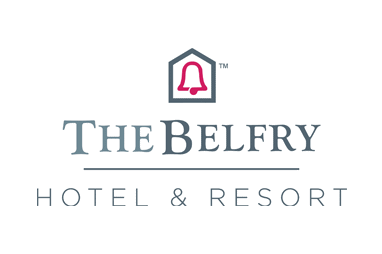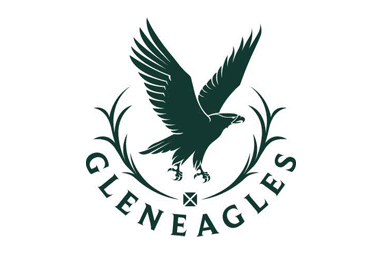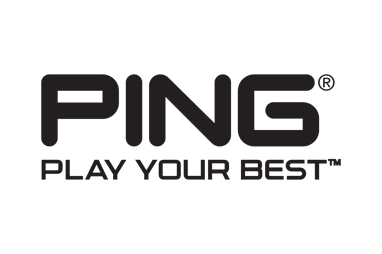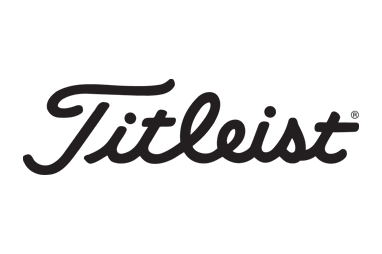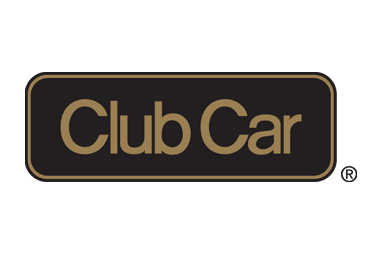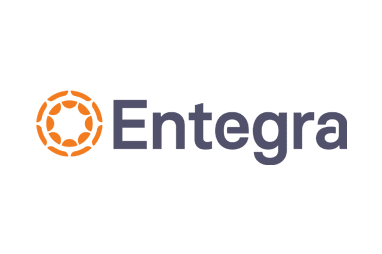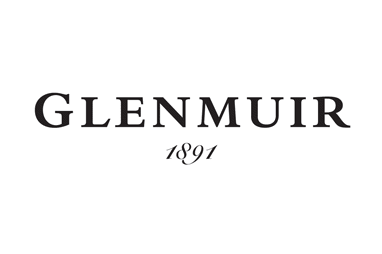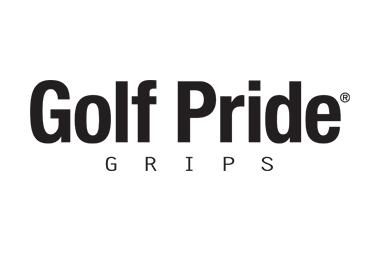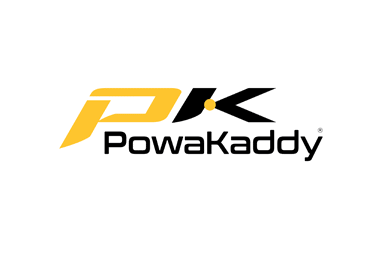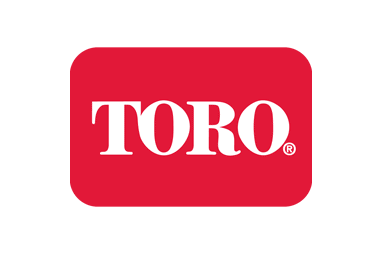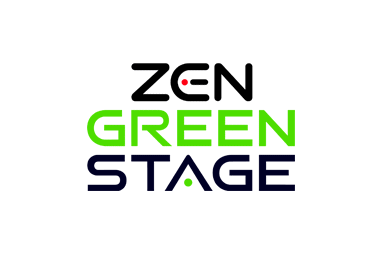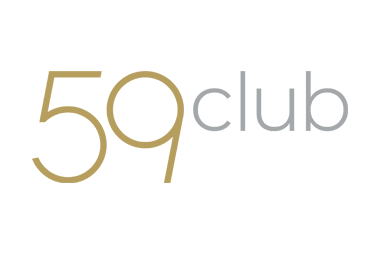Digital booking systems are transforming how golf clubs maximise tee-time revenue by helping them efficiently manage reservations, target their marketing efforts and optimise pricing strategies.
Why digital booking systems are important
2023 was a record-breaking year for the golf industry, with a fourth consecutive year of growth in both revenue and the number of tee-time bookings in the UK and Ireland. As demand continues to grow, clubs must adapt to manage their timesheets effectively, ensuring a balance between member and visitor tee times. A strong digital booking system can make a substantial difference by helping clubs identify quieter times, implement dynamic pricing and enhance their marketing strategies to strike the perfect balance for both active members and paying visitors.
Digital marketing tools such as online ads, social media, and email campaigns play a critical role in driving golfers to the club’s booking system, ultimately helping to deliver return on investment.
“Through effective use of the tee sheet software alongside digital marketing, golf clubs have a clear call to action for all online communication”, says Rob.
“Online ads, social media and emails can all point golfers to the booking system and deliver a clear ROI on this activity. Marketing can be far more targeted by linking the software to CRM systems to improve the sales process and communicate more effectively with potential customers.”
Success stories: Real world impact
Kilspindie Golf Club
As one of the leading courses on Scotland’s Golf Coast in East Lothian, the opportunity for growth was significant at Kilspindle Golf Club. They saw an online growth of 400%.
With a tee sheet system already in place that included an un-used online visitor booking module, the Revenue Club conducted historic round analysis and implemented a dynamic pricing structure to ensure visitor pricing was relevant to course usage. These tee times were opened initially on a 4-day booking window to ensure member booking rights were protected.
In 2022 visitor green fee revenue grew significantly, with Kilspindie generating an additional 118 visitor bookings through online sales. However, conversion of booking engine traffic to bookings remained very low at 1%. The combination of a high green fee rate and a short booking window of 4 days meant that converting traffic to bookings was a struggle.
With data from reports.golf highlighting the need to open up additional visitor green fee availability, the Revenue Club set out a visitor booking and pricing structure for 2023 that opened up to 15 tee times per day through the summer months on a long lead basis (bookings opened in January).
Opening these blocks of availability had a significantly positive impact on visitor sales at Kilspindie:
- Online green fee revenue increased by 425% compared to 2022.
- Online conversion rates improved by 300%.
- Average online green fee rates grew by 25%.
Whittington Heath Golf Club
Whittington Heath Golf Club, with a highly regarded year-round course, generated very little income from routine green fees. The Revenue Club identified that outside of member-only times, there were many unused tee times that could be leveraged to increase ‘pay and play’ revenue.
The Revenue Club marketing team worked on increasing the club’s social media presence, including weekly social media posts and bi-weekly email campaigns to the visitor database. As a result of historically poor data collection and very few online bookings, the visitor database contained the details of only 300 historic visitors. To ensure that emails were as effective as possible, this database had to grow as quickly as possible. To do so, the Revenue Club ran a lead generation campaign to engage with golfers within a two-hour radius and to help boost this, built and ran a Google ad campaign which helped to raise overall awareness of the club.
The results are impressive. Despite this year’s overall poor weather conditions, direct sales are up 75% compared to last year versus a market average of +8%. This came from an additional 100+ visiting golfers that did not disrupt member times. In addition, the Revenue Club has built a visitor email database of over 1.5k visitors who know how to book directly with the club using its new, smoother, and customer friendly booking system – Intelligent Golf. These are now used to produce reports of visitor play and used to make data led decisions around the dynamic pricing model.
Want to know more? Here are some Pros and Cons of Online Booking Systems
Pros:
- Upfront payment: Reduces the risk of no-shows, as the risk is transferred to the customer.
- Data collection: Allows clubs to build a strong customer base for future marketing.
- Improved efficiency: Fewer phone calls and administrative tasks mean staff can focus on face-to-face customer service.
- 24/7 booking availability: Increases booking opportunities, especially outside of regular business hours.
- Clarity for golfers: Golfers know their exact tee time and can plan their day accordingly.
Cons:
- Technological barriers: Non-tech-savvy members may find the system challenging to use.
- Preference for flexibility: Some members prefer the freedom of a 'roll-up' arrangement, where they can arrive at the club without a fixed tee time.
- Competition for prime slots: Depending on how the tee sheet is managed, members may feel disadvantaged if they miss out on booking prime slots.
Digital booking systems offer golf clubs a powerful tool to maximise tee-time revenue through better management, dynamic pricing, and targeted marketing. As demonstrated through case studies, adopting these systems can lead to significant growth in visitor bookings and overall revenue, whilst avoiding playability impact for clubs’ active members. Golf clubs looking to increase their revenue should consider integrating these systems into their operations to stay competitive in a competitive, growing market.
To find out more about the Revenue Club, click here.
For further information on improving digital marketing, including CRM systems, click here.








